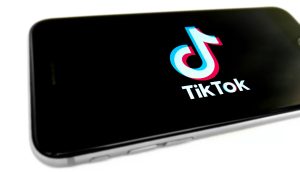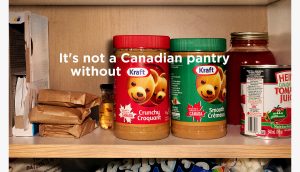Every Friday (and in the case of Easter holidays, Thursday), MiC invites guest curators to round up the best and brightest examples from the mediaverse for a show-and-tell session. We know media is cool, so we’ve given it a cool-hunting forum to share Really Important Things That Are Happening Out There, and identify the work that best exemplifies smart new media thinking.
Today, Steve Meraska, director of engagement planning for Leo Burnett, curates his top three media-noteworthy executions. Meraska’s career spans media strategy at Starcom Mediavest Group to launching Impr!nt in 2002, a division devoted to brand-centric creative media solutions, to his current remit of orchestrating media/creative collaboration. Here are his MiCpicks:
When asked to provide ‘Three Things You Should Know About’ the tendency can be to go to those things which are really big and really shiny. You will see here that I have not taken that tack. Rather, I have picked three things which I believe are really smart because they reflect a solid understanding of what matters most in communications: a deep understanding of people and behaviour and their interconnectedness.
For my choices I want to provide a lens through which they should be viewed. Great communication draws upon contact, content and context. Too often, we tend to think of them individually versus what can be created when they are successfully combined. My choices below blur contact, content and context to differing degrees in smart, unique ways.
Google’s morphing logo
Google’s continuing altering of its logo is a wonderful and refreshing approach to its communication. It challenges the convention of consistency and does so with that which is almost always considered by marketers to be sacrosanct: a logo.
Recognizing and adopting the contexts of such things as the Olympics, the first day of spring or Halloween, Google transforms its logo to provide people with a new and refreshing communication experience. The simple act of continually altering its logo says so much about Google. Other brands could learn a lesson from this young brand on the block. Being less static is more interesting.

Best Buy virtual guy
Using technology which I will not profess to understand, Best Buy in the US created a really interesting contact in the form of a virtual sales guy in a mall. It’s a hologram that looks incredibly real. How can you not stop in a mall and check this out? How can you not tell somebody you saw it? How can you not try to touch it?
Of note, the technology can be utilized live. Recently, CNN’s Wolf Blitzer (in his Situation Room of course) conducted a live interview with two people where their presence in the studio was in fact their holograms.
Freaky? Cool? Freaky-cool? Be the judge.
Here’s the best YouTube link I was able to find.
Philips creates and frees content
In the US, Philips did a really smart thing with the TV show 60 Minutes: it bought all the ad time in the show and recognizing what people wanted, turned that time back to 60 Minutes to provide more content for viewers. So, as an example the traditional 18-minute segment could be 21 minutes.
Everybody wins in this act of content creation. I have to think Philips knew 60 Minutes viewers go to the web to get additional story content. Philips gave it to them immediately. I like the idea because it’s infinitely smarter, and I believe much more enjoyable, than a product placement strategy that might have Andy Rooney do one of his painfully light-hearted show-end segments on, say, shavers. In your best Andy Rooney voice: ‘Why do some shavers have two heads and some have four heads? And why…’ Please.
Giving people more of what they want, Philips also worked with the Wall St. Journal and other paid digital content providers to allow content to be free.























